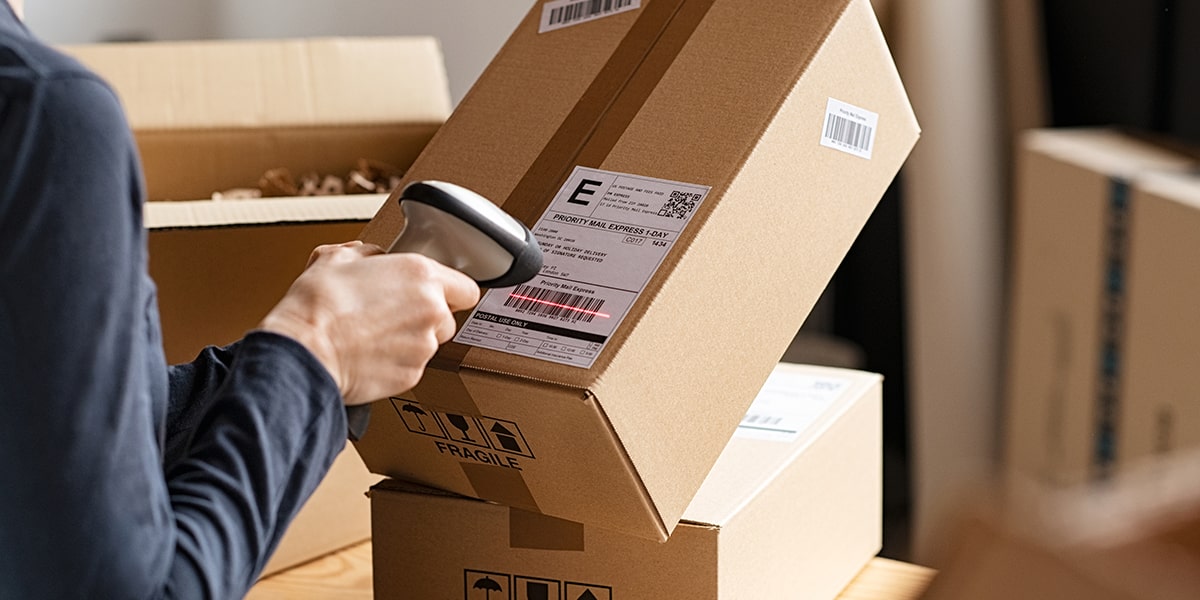Water Vapor Transmission Rate Testing of Packaging
The Water Vapor Transmission Rate (WVTR) testing of packaging is a critical process in ensuring that packaged products maintain their quality and shelf life during storage and transportation. This test evaluates how effectively the selected packaging material blocks water vapor, which can lead to spoilage or deterioration of the product's integrity.
In consumer goods industries, particularly those dealing with moisture-sensitive products such as food items, pharmaceuticals, and electronics, maintaining the optimal environment within the package is paramount. Packaging designed with a specific WVTR value helps protect the product from both excess and insufficient moisture exposure, thereby extending its shelf life and ensuring safety.
Accurate WVTR testing requires precise measurement techniques to determine how much water vapor passes through 1 square meter of packaging material in 24 hours under controlled conditions. The test is governed by international standards such as ASTM D3985 for low permeability films, and ASTM F709 for higher permeability materials.
Preparation of the specimen involves cutting it into a uniform size that allows for accurate measurement without affecting the integrity of the sample. Once prepared, the sample is placed in a chamber with controlled humidity levels and exposed to air on one side and water vapor on the other. The rate at which moisture passes through the material is then measured over time.
The results obtained from this test are crucial for manufacturers as they help identify suitable packaging materials that can meet specific product requirements. This ensures that products remain safe, fresh, and effective until their expiration date. By adhering to these tests, companies not only enhance consumer trust but also comply with regulatory standards set by agencies such as the FDA.
In summary, WVTR testing is an essential step in ensuring the integrity of packaged goods. It plays a vital role in maintaining product quality and extending shelf life while complying with industry regulations. The precision and reliability of these tests make them indispensable for any company involved in consumer product development or compliance management.
Industry Applications
| Application | Description |
|---|---|
| Foods and Beverages | Ensures that moisture-sensitive food products such as cereals, snacks, and bakery items do not absorb too much moisture leading to spoilage. |
| Pharmaceuticals | Maintains the stability of drug formulations by preventing degradation due to excessive humidity. |
| Electronics and Appliances | Protects delicate components from corrosion caused by moisture ingress during storage or transportation. |
| Medical Devices | Aids in preserving sterility and integrity of medical devices, especially those with complex packaging. |
The aforementioned applications highlight the broad scope of WVTR testing across various sectors. By ensuring that the correct permeability is achieved for each product type, manufacturers can significantly enhance their product offerings' quality and reliability.
Competitive Advantage and Market Impact
- Innovation in Packaging Design: Companies leading in WVTR testing can develop innovative packaging solutions that meet stringent market demands while staying within regulatory guidelines.
- Cost Efficiency: By optimizing the permeability of packaging materials, businesses can reduce material costs without compromising product quality.
- Enhanced Consumer Trust: Products that maintain their freshness and safety over extended periods are more likely to be trusted by consumers, leading to higher sales and brand loyalty.
- Regulatory Compliance: Adherence to WVTR testing standards ensures that products meet legal requirements, avoiding potential fines or recalls.
The ability to accurately measure and control WVTR is not only beneficial for individual companies but also contributes positively to the overall market. It fosters innovation, reduces costs, enhances consumer trust, and ensures compliance with international regulations.
Use Cases and Application Examples
Cereal Manufacturer: A cereal manufacturer wants to ensure that its product remains crispy throughout the shelf life. By performing WVTR testing on different packaging materials, they can select one that prevents too much moisture from entering the package while allowing sufficient air circulation.
Pharmaceutical Company: A pharmaceutical company needs to test a new blister pack design for a temperature-sensitive medication. The goal is to ensure that the pack maintains an optimal humidity level inside to prevent drug degradation. WVTR testing helps in achieving this objective.
E-commerce Retailer: An e-commerce retailer selling electronics aims to protect its products from moisture damage during transit. WVTR testing assists in selecting packaging that effectively blocks water vapor, thereby safeguarding the merchandise.
Medical Device Manufacturer: A medical device manufacturer requires a robust packaging solution for delicate devices like blood glucose monitors. The aim is to ensure that the packaging material provides sufficient protection against moisture while allowing sterilization processes.





